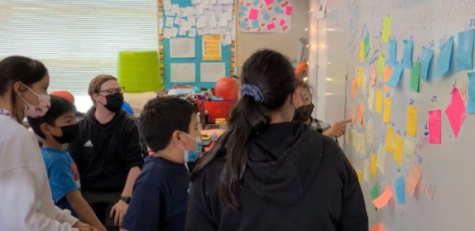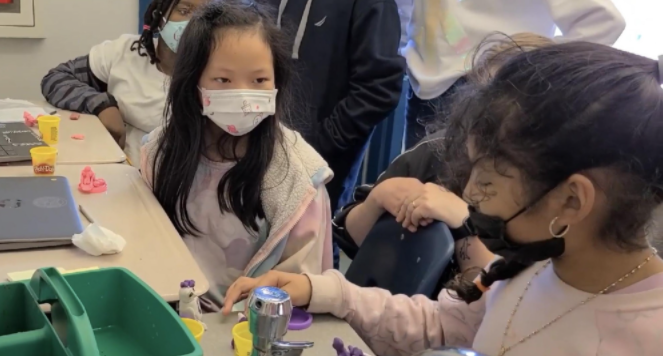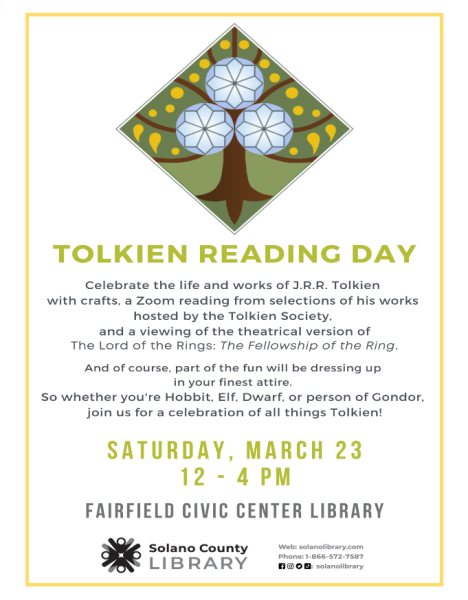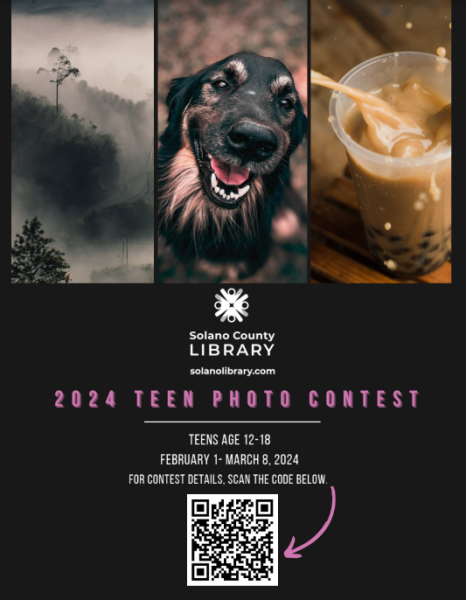Anna Kyle students showcase design skills
Anna Kyle is a TK-5th grade elementary school in the Fairfield-Suisun Unified School District. It serves 660 students.
After a few quiet days of teaching in a 4th grade classroom at Anna Kyle Elementary, long term substitute David Avery knew he had to spark excitement in unique ways to engage the students. As a long time educator, Avery wasted no time using his skills as a filmmaker to bring project-based learning to the classroom. Combining their developing language, math, and art skills, the students of Room 30 collaborated on a range of meaningful, real-world projects. The most recent student work focused on the design of inclusive school playgrounds.
After retiring from the classroom before the start of the pandemic, Avery, a former Air Force Pilot, went back to college to earn a degree in Multimedia Technology. Using short films to further their learning on topics that students were seeing in their textbooks, Avery noticed something. He remarked, “The subject matter of technology grabbed their attention, but the way in which those designers and engineers did the work was just as exciting for them. We had been doing walkabouts around campus to learn about area and perimeter in their math work. I asked them to write about how they would redesign their campus. They had a lot of ideas about playgrounds, so I found a couple of films to get us thinking about playgrounds. This set the groundwork for our design challenge of creating a fully inclusive playground at Anna Kyle.”
 Students immediately went to work. First, they completed research on inclusive playground design and then moved on to brainstorming and visual design. The projects took a dramatic turn when a student noticed Adaptive Physical Education teacher, Haley Duncan, working on campus. The students eagerly involved Coach Duncan in their work and used them as a subject matter expert. Avery remarked on Duncan’s involvement, saying, “Coach Duncan amped up the feeling of purpose that had already seeped into our work. Coach provided feedback and was the catalyst to keep our efforts going.”
Students immediately went to work. First, they completed research on inclusive playground design and then moved on to brainstorming and visual design. The projects took a dramatic turn when a student noticed Adaptive Physical Education teacher, Haley Duncan, working on campus. The students eagerly involved Coach Duncan in their work and used them as a subject matter expert. Avery remarked on Duncan’s involvement, saying, “Coach Duncan amped up the feeling of purpose that had already seeped into our work. Coach provided feedback and was the catalyst to keep our efforts going.”
Students made prototypes with Play-Doh. Each team feverishly discussed, researched, and collaborated on the best designs. Each design team was tasked to present its findings and prototypes. The project culminated with students showing off and explaining their thinking and work to each other.





